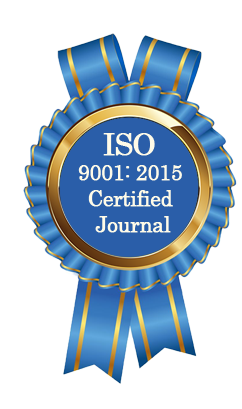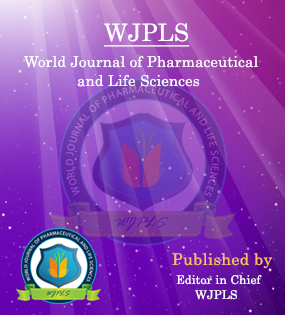Abstract
ADSORPTION OF LEAD IONS FROM AQUEOUS SOLUTION BY FUNCTIONALIZED POLYMER ANILINE FORMALDEHYDE CONDENSATE COATED ON SILICA GEL AS SUPPORT MATERIAL
Jonali Saikia*
ABSTRACT
Heavy metals are accumulated in the environment as an adverse outcome of several natural as well as diverse anthropogenic activities. They are non-biodegradable and persistent environmental contaminants and their entry into food chains can cause serious health impairments; once their accumulated concentrations in humans exceed maximum permissible limits. Conventional treatment techniques like chemical precipitation, ion exchange, reverse osmosis, membrane technology etc. are widely used for treatment of industrial wastewater containing toxic heavy metals. Some of these techniques are quite expensive and have major disadvantages like partial metal removal, generation of large quantity of sludge containing high concentrations of toxic heavy metals etc. Adsorption is one of the promising technologies which can efficiently remove toxic heavy metals from industrial effluents. This study was done for investigating the lead adsorption capacity of Aniline Formaldehyde Condensate, a resinous functionalized polymer which was later on coated on silica gel as support material. Batch experiments were conducted considering important parameters affecting adsorption process like solution pH, adsorption time, initial Pb+2 ion concentrations and dosage of adsorbent. Optimum pH for lead adsorption by AFC silica gel was 6.0, with the maximum lead removal of 80% and corresponding metal uptake of 19.34 mg/g. With the increase in initial Pb+2 concentrations from 10 mg/L to 50 mg/L, there was a decreasing trend of lead removal capacities from 98% to 77%, however; corresponding lead uptake followed an increasing trend from 5.56 mg/g to 15.04 mg/g. Langmuir model better describes the adsorption process with Langmuir monolayer uptake of 8.87 mg/g. During desorption study, maximum desorption was achieved using 6N HNO3 (49.37%), which was successively followed by 6N HCl (44.95%) and 6N H2SO4 (44%), similarly; with 0.2 N EDTA, 38.58% recovery of the metal was possible.
[Full Text Article] [Download Certificate]WJPLS CITATION 
| All | Since 2020 | |
| Citation | 590 | 424 |
| h-index | 12 | 10 |
| i10-index | 17 | 14 |
INDEXING
NEWS & UPDATION
BEST ARTICLE AWARDS
World Journal of Pharmaceutical and life sciences is giving Best Article Award in every Issue for Best Article and Issue Certificate of Appreciation to the Authors to promote research activity of scholar.
Best Article of current issue
Download Article : Click here





